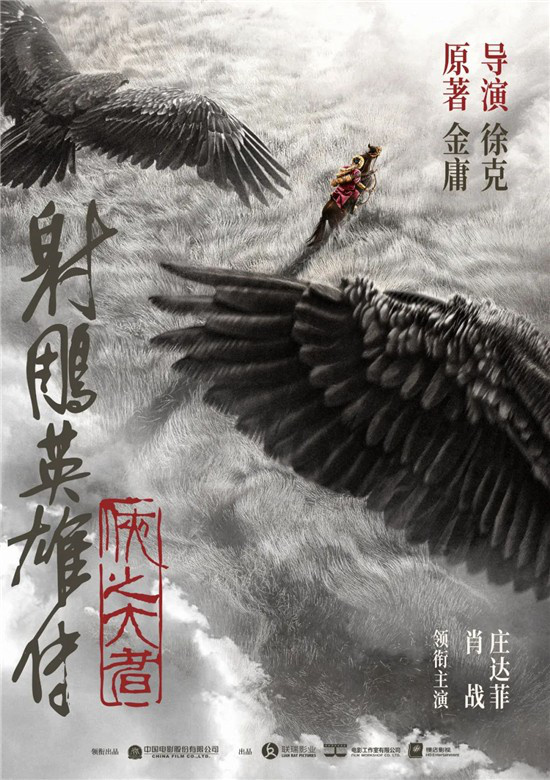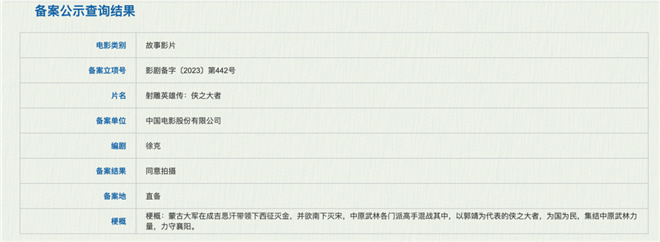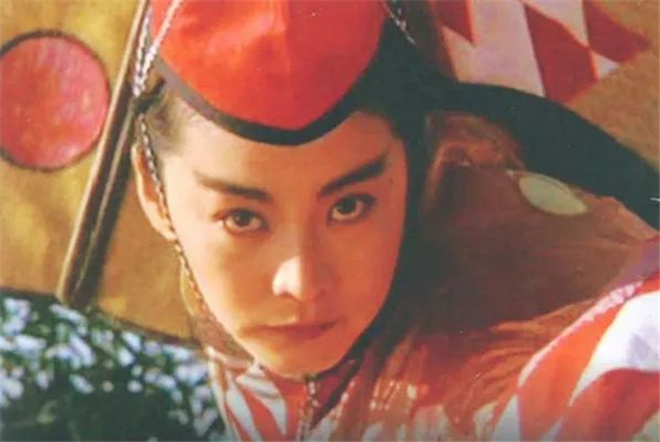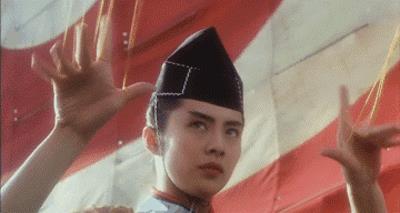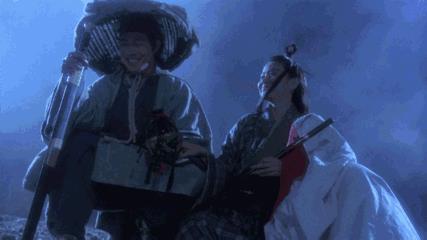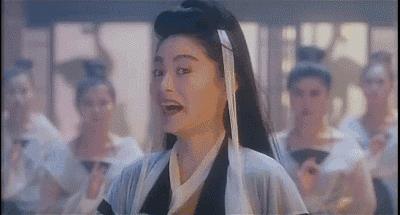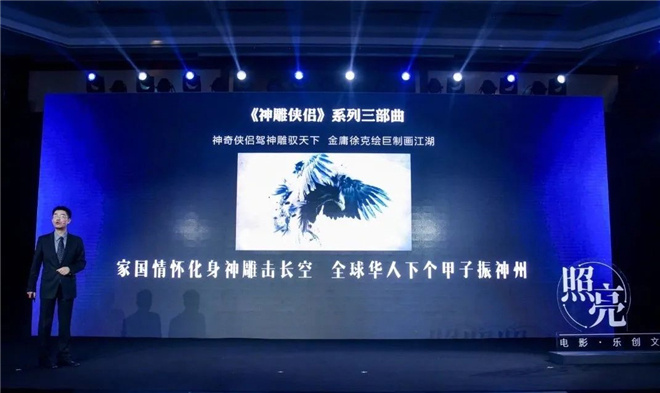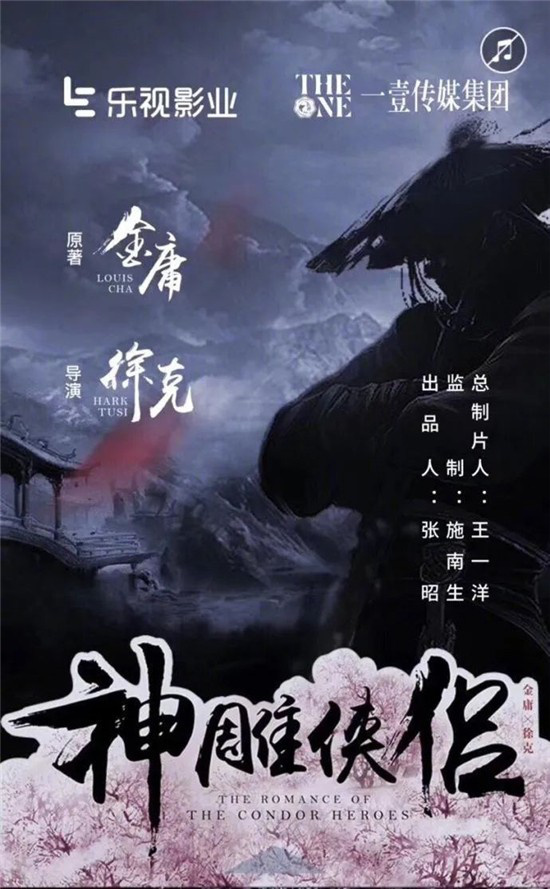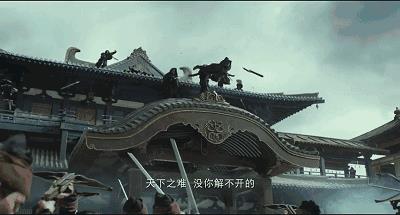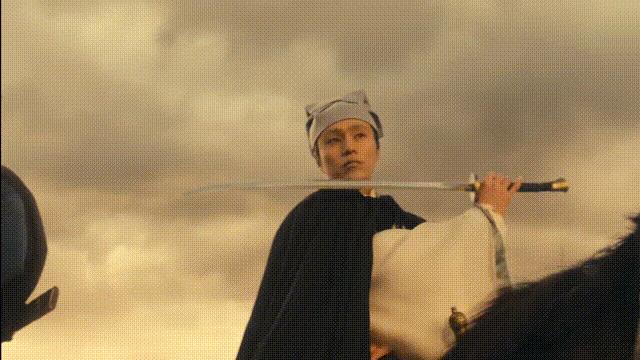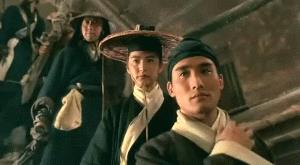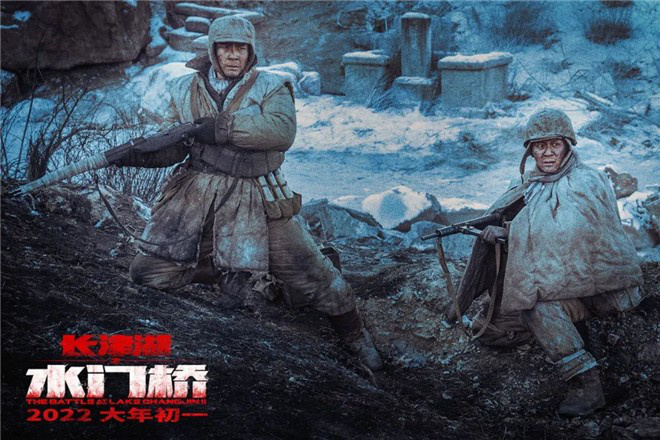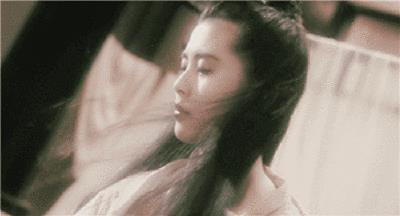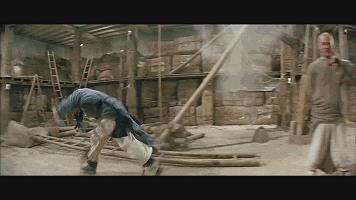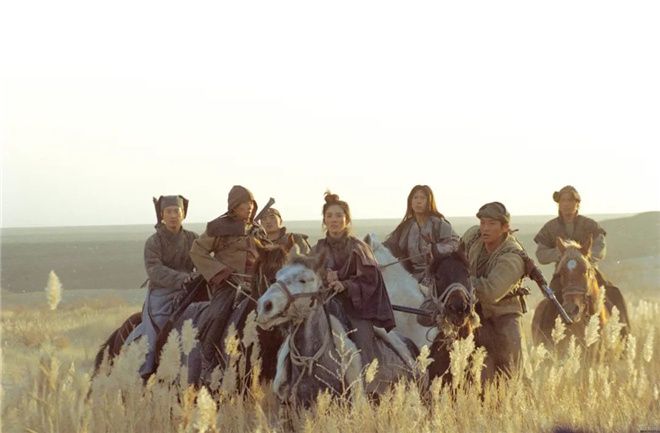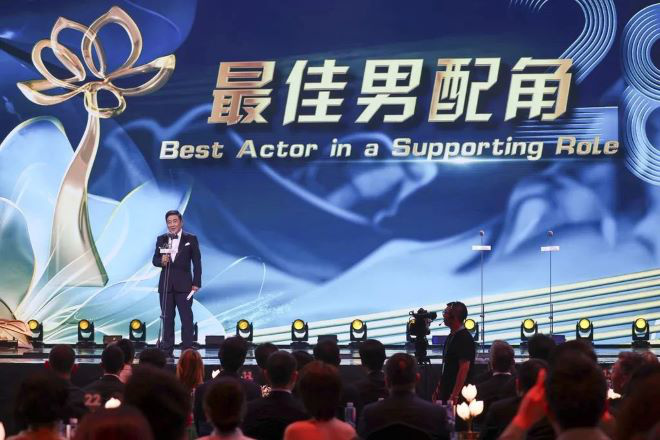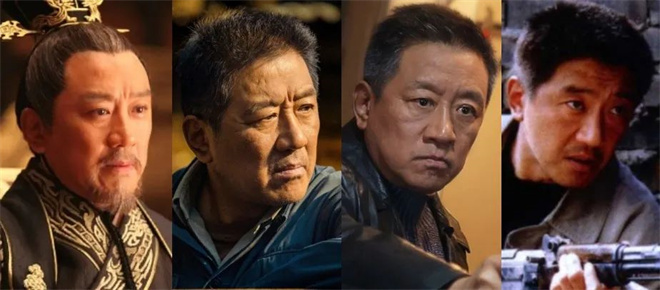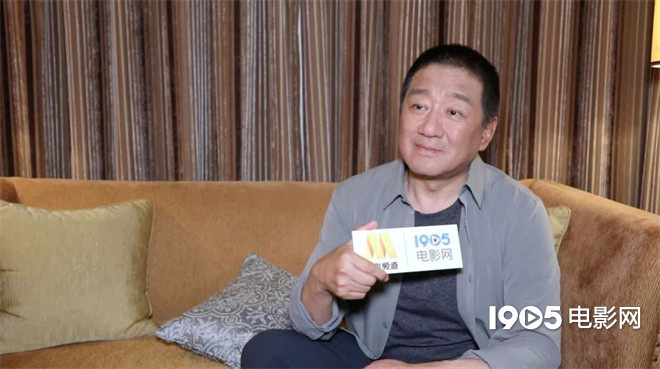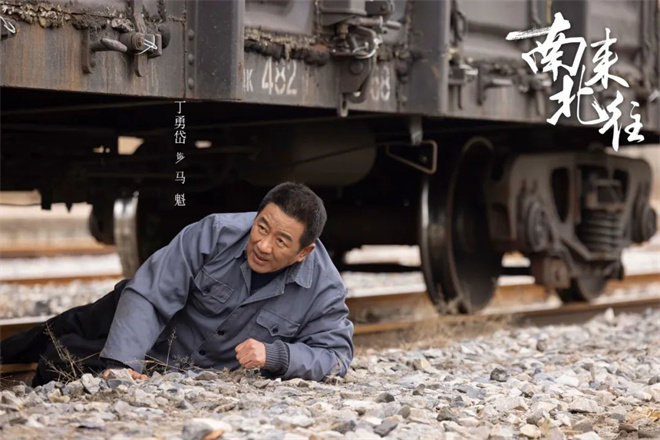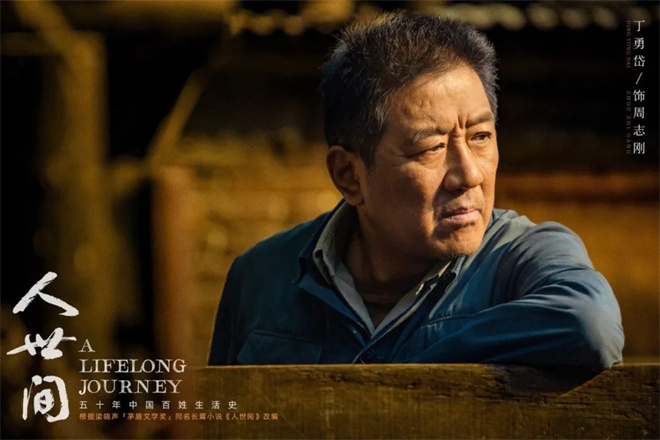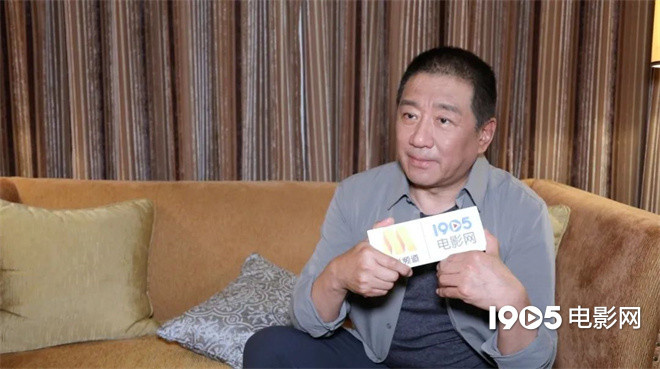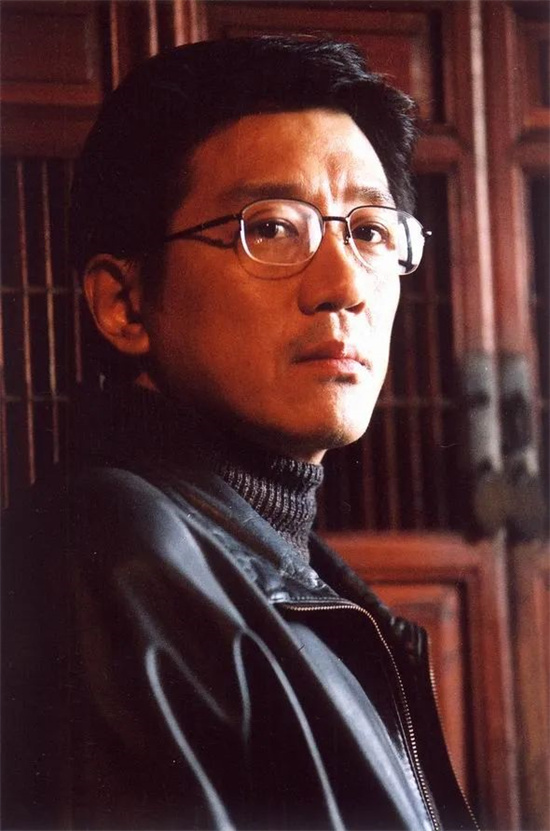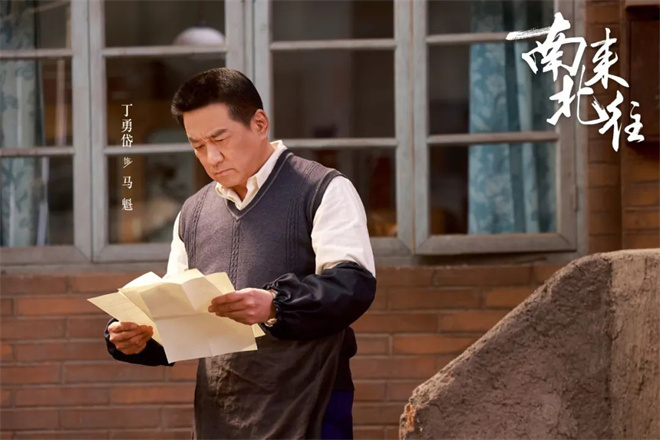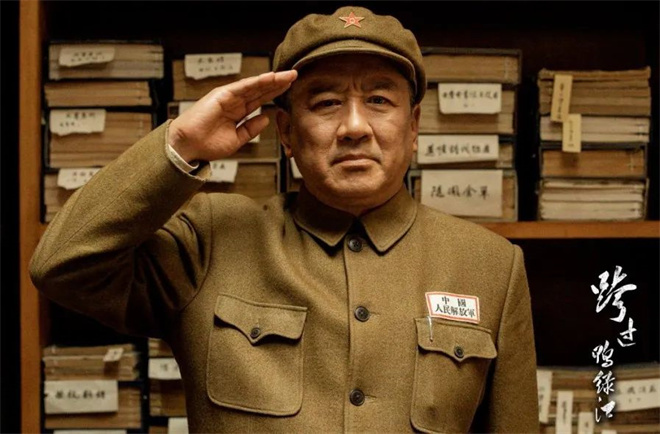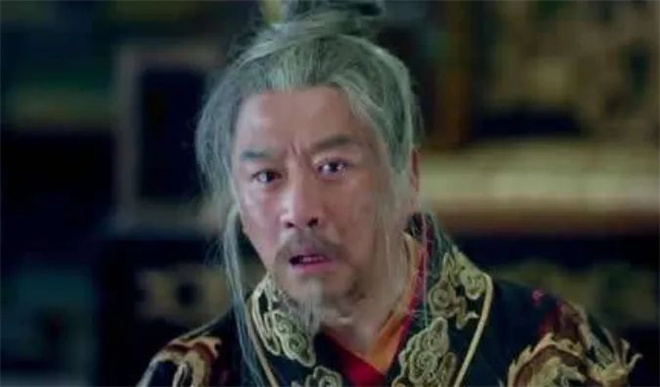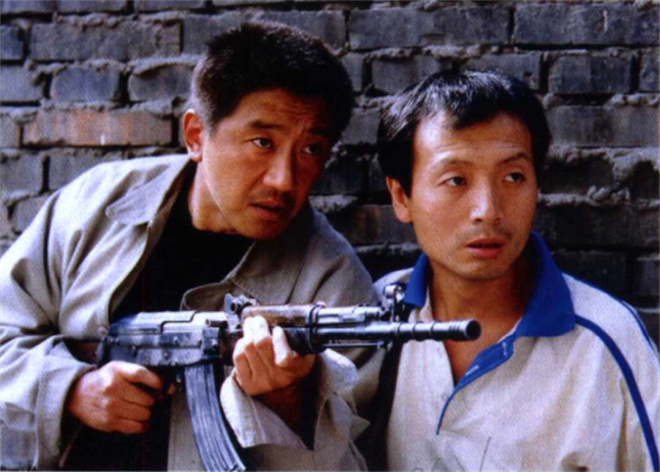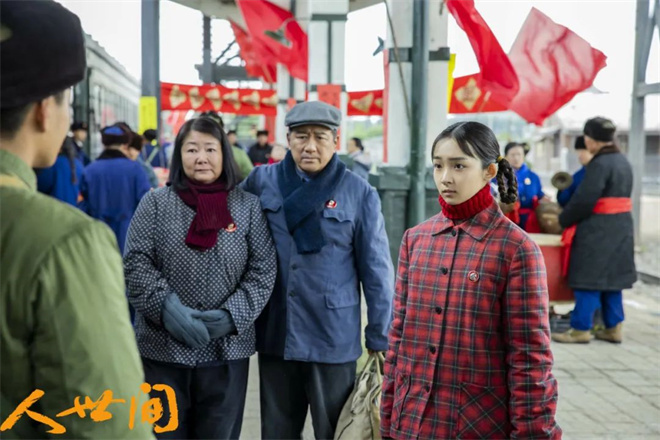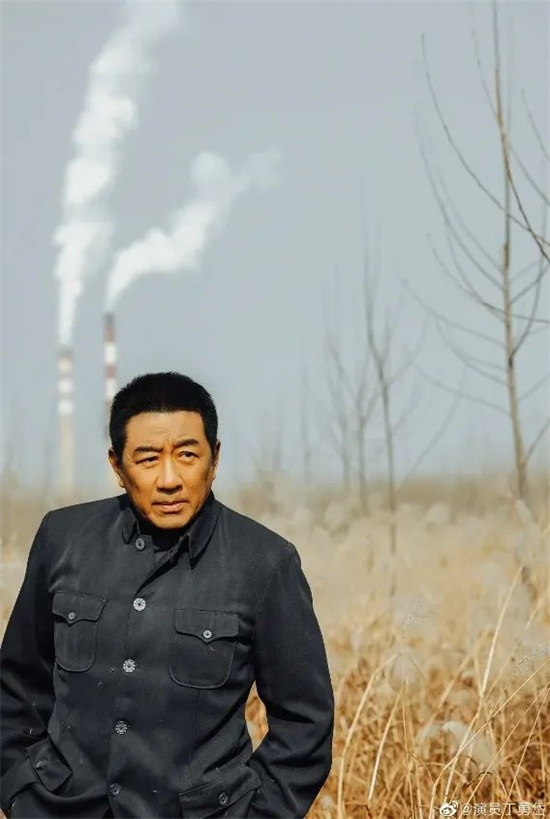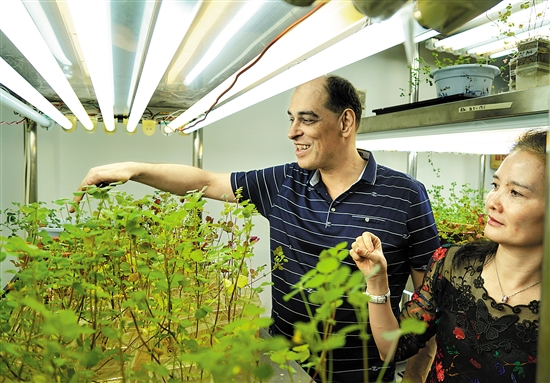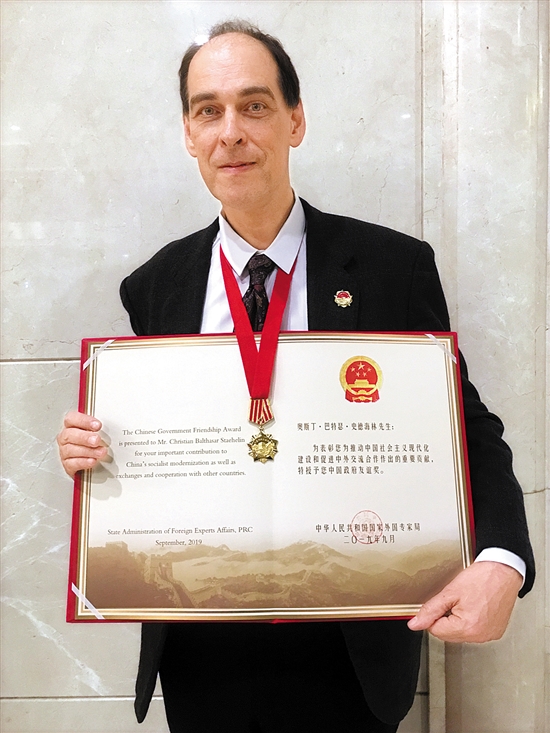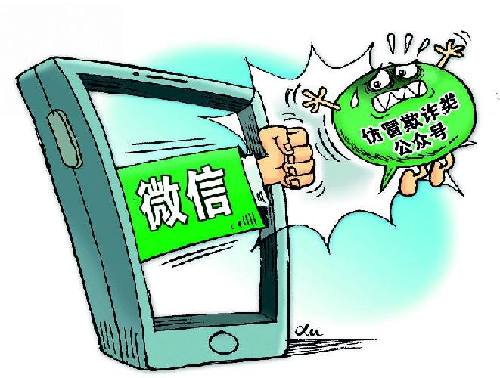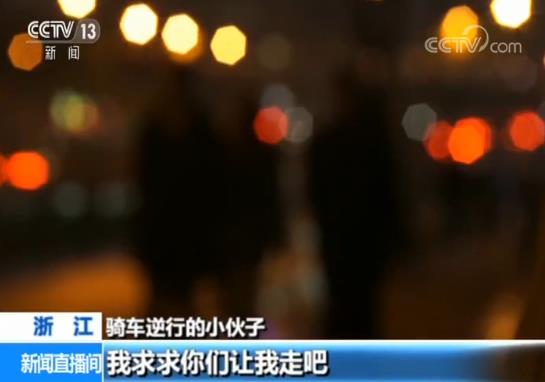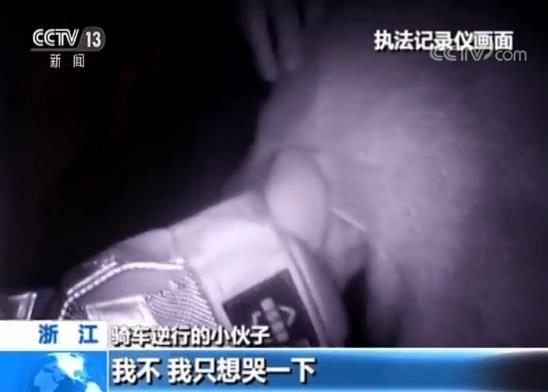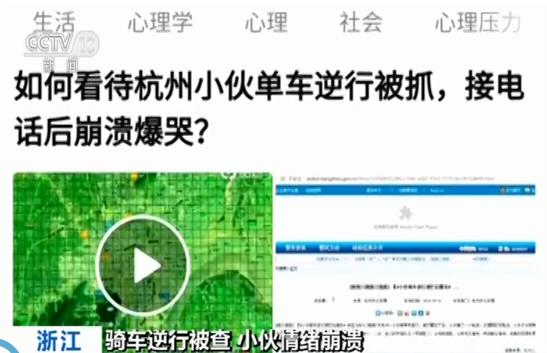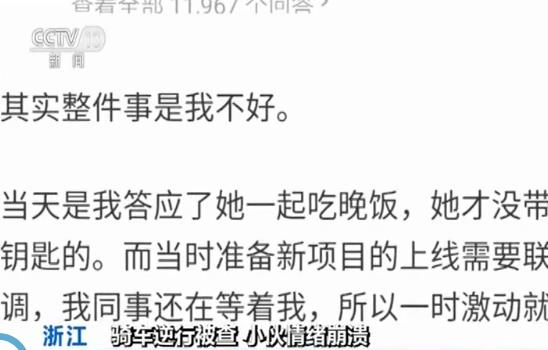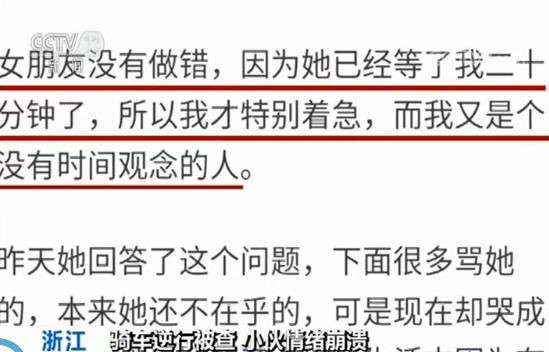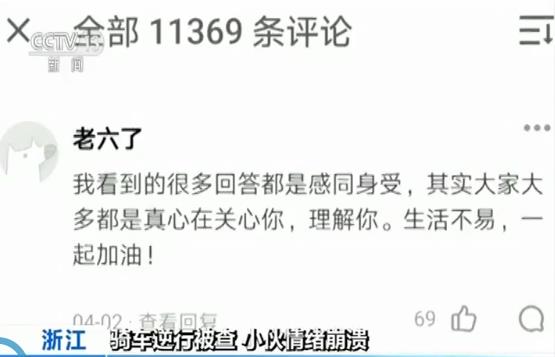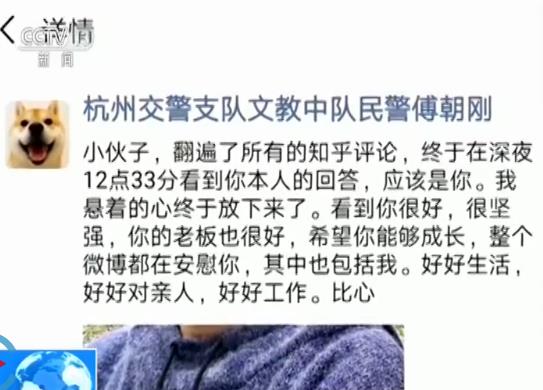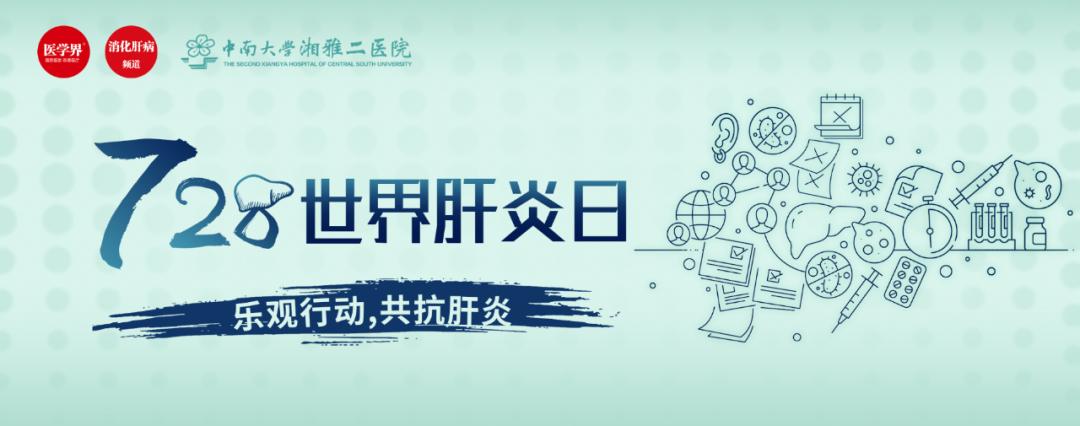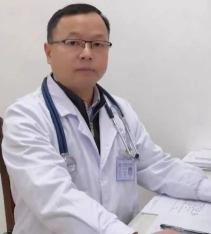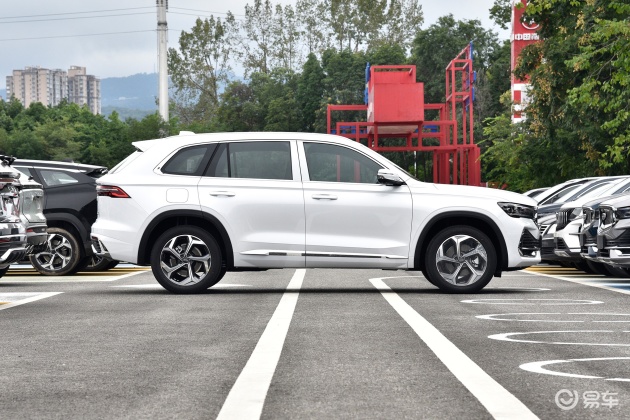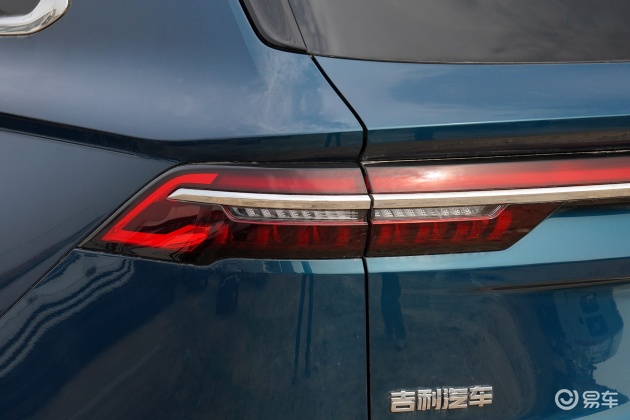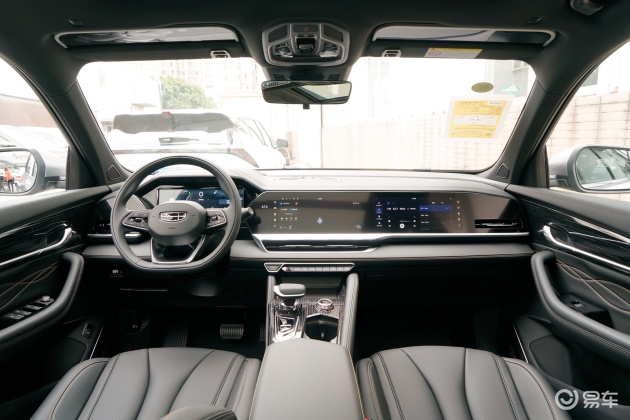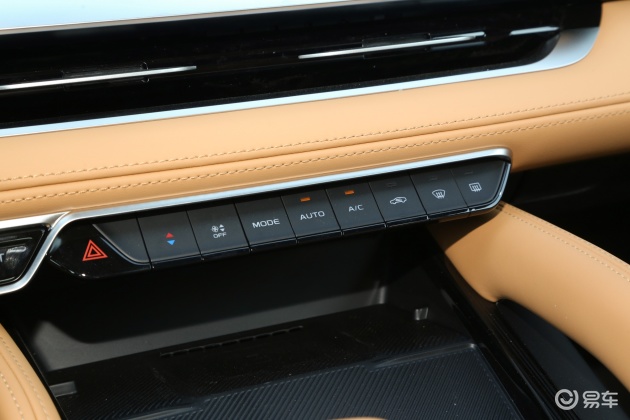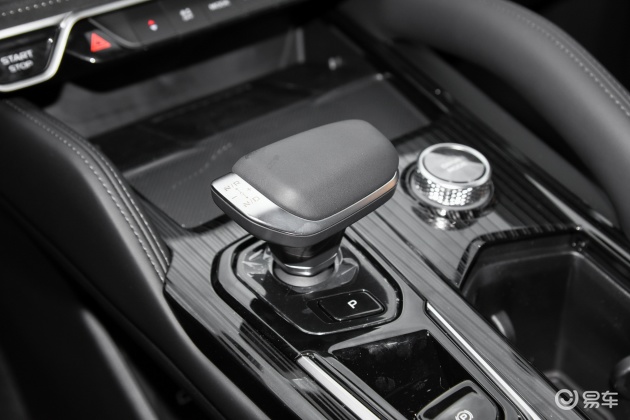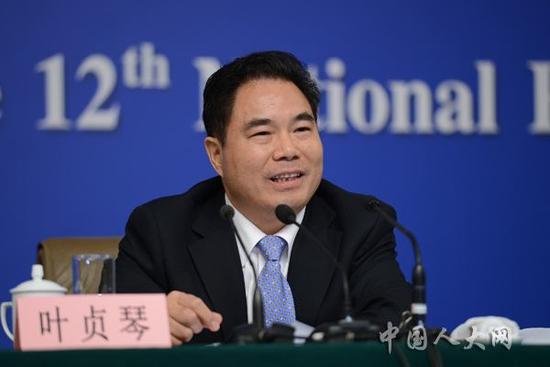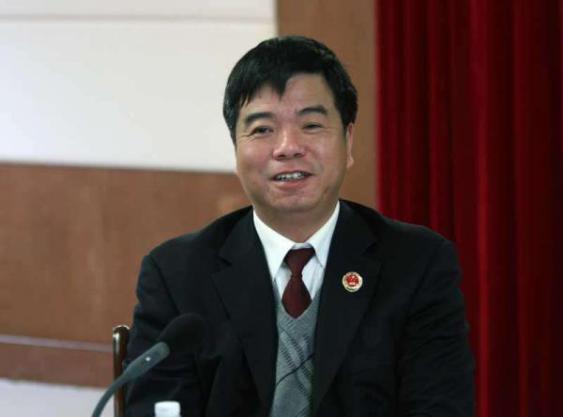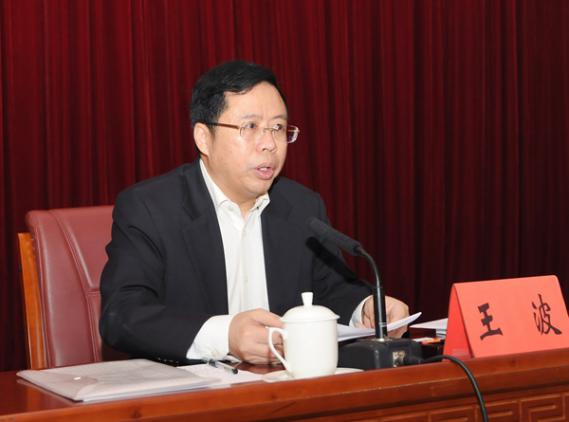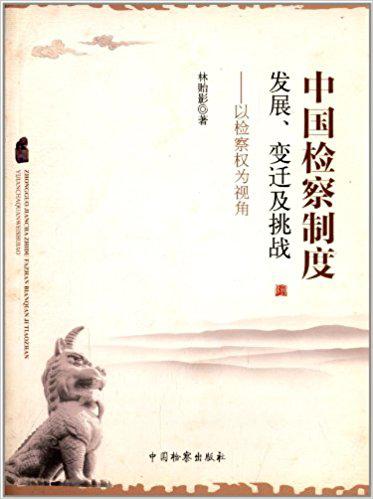Text/Ma Huazhan Pang Qianying Lu Chuan
Guo Jinyu Ji Xinyu Chu Caixia
If you can see the details of life on earth from space, then follow the footsteps of domestic tourists. Where there are tourists from China, there are mobile payment QR codes from China. Therefore, mobile payment, along with high-speed rail and online shopping in bike-sharing, has become the new four great inventions.
For foreign businessmen, it is a new business opportunity and the most important source of income growth for China tourists to go global. In order to serve China tourists well, they recruited Chinese-speaking employees and posted Chinese signs. Now they have access to Alipay, which is familiar in China. Just because they caught Alipay, they caught Chinese’s wallet.
Today, Alipay’s blue logo can be seen on the "Little Yellow Car" in new york, at the intersection of Champs Elysé es, in Australian pharmacies and coffee factories in Thailand.
It is not difficult to imagine that in the near future, China tourists will be able to pay unimpeded wherever they go in the world. In the end, how does this mobile wave change people’s consumption patterns of outbound travel, and what interesting stories do they have when they use Alipay overseas?
We interviewed more than a dozen users who used Alipay overseas to understand the popularity of Alipay in the local area, and outlined the global map of Alipay with details.
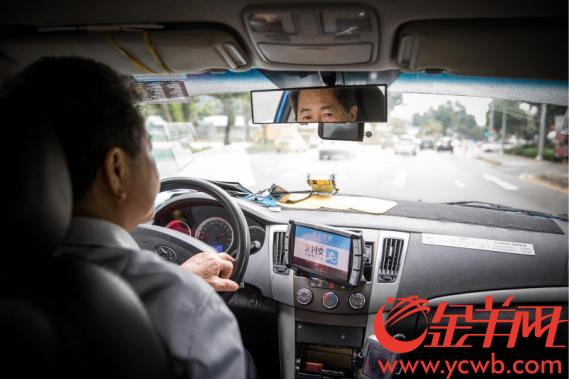
Asia chapter
Alipay has become synonymous with convenience and preferential treatment.
Japan
With the appreciation of RMB, Alipay can save more money.
Mr. Lu is an executive of a health care company. During the May Day holiday this year, he and his wife went to Japan for a holiday. In eight days, Mr. Lu accidentally "developed" a new game with Alipay.
"Where there are a lot of tourists in China, you will have the opportunity to use China’s QR code to pay." Mr. Lu concluded. After arriving in Japan, Mr. Lu found that there are many places where China Mobile can pay in Kyoto, mainly in local restaurants and department stores. For example, in HelloKitty’s handwritten letter shop, you can see the familiar word "Zhi" in white on a blue background.
In Osaka City, where the urbanization process is faster, Mr. Lu said: "Basically, you can see the promotion of Alipay." As a business person, Mr. Lu quickly summed up the rules. "Mainly distributed in shopping, such as drugstores, department stores and 24-hour duty-free shops frequented by China tourists, such as BicCamera and Don Quixote."
The shops that Mr. Lu has been to are basically tax-free. In order to encourage tourists to "buy in buy buy", savvy Japanese merchants adopt the strategy that the more they spend, the greater the discount. For example, if they buy more than 5,000 yen, they will be tax-free, and if they buy more than 30,000 yen, they will get a 5% discount, and if they buy more than 50,000 yen, they will get a 7% discount. "These offers are very powerful when they are superimposed. For example, we buy something of around 32,000 yen at a drug store, which is about 29,000 yen after discount, which is one or two hundred yuan cheaper."
The more you buy, the greater the discount, which makes Mr. and Mrs. Lu develop a "new game"-friends circle spelling. When he saw that the purchased items were not enough to meet the preferential conditions, he asked his friends in the circle of friends whether they needed to purchase. "I got a timely response from my friends." Mr. Lu found this experience very interesting.
This interactive mode of "people are abroad and their hearts are in a circle of friends" has made Mr. Lu gain an interesting thing. He took a photo of a local snack bar in Japan and sent it to a circle of friends. A small detail was discovered by friends-Alipay’s propaganda flag was hung outside the store. The friend spoke decisively: "This place was occupied by Chinese again."
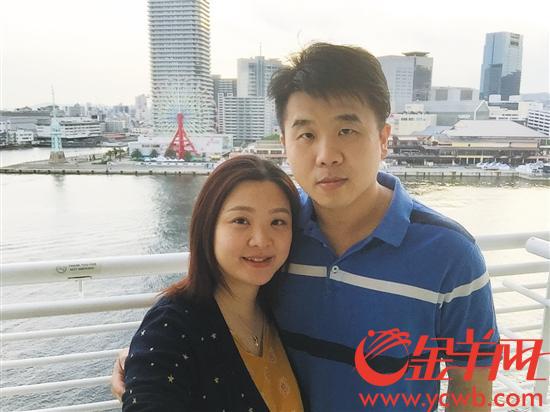
△ Mr. Lu who traveled to Japan (right)
background information
Alipay supports settlement in 27 currencies.
At present, Alipay has reached cooperation with more than 50 financial institutions overseas, including Citibank, Standard Chartered Bank, Barclays Bank, Deutsche Bank, BNP Paribas, and Italian Yuxin Bank. At the same time, Alipay has supported settlement in 27 currencies, including US dollar, Euro, British pound, Japanese yen, Hong Kong dollar, Canadian dollar and Australian dollar.
Hong Kong
Transform Watsons into an "unmanned supermarket"
Xiao Wu, a tourist expert, went to Hong Kong again during the May Day holiday. As a person who loves travel and food, he will take photos as a souvenir wherever Xiaowu’s footprints arrive, compare and think deeply about the local culture, and then write down his travel experiences and strategies.
Xiao Wu has long been used to mobile payment. Usually, he is "almost a mobile phone going all over the world" in China. In his words, he "hasn’t touched the corner of cash for a long time". On this trip, he found that "Hong Kong, a shopping paradise, can’t do without it". Well, it refers to two-dimensional code payment.
As soon as he passed the Octopus Recharge Center of MTR at the entry and exit, Xiaowu was pleasantly surprised to find Alipay. Originally, Octopus supported domestic QR codes to pay for recharge and purchase tickets. "Octopus is one of the most convenient means of payment in Hong Kong, covering almost all living facilities, subway buses and supermarkets." Xiao Wu said that he added why it is one of them, because domestic QR code payment has suddenly and naturally entered the daily life of Hong Kong residents in China.
Xiaowu counted with his fingers, and almost all supermarkets in Hong Kong, such as Watsons, Wanning, 7-eleven convenience stores and Baijia Supermarket, covered the QR code payment function. "The words’ Alipay Tour Hong Kong’ are displayed in a conspicuous position."
Of course, shopping is indispensable in Hong Kong. Xiaowu soon found that shopping discounts paid by QR codes are also popular in Hong Kong. For example, at the immigration department, he found that Alipay had made some preferential packages with the merchants. According to the photos he recorded, there was a "10% discount on all GNC products when shopping with Alipay". In Watson’s store, Xiaowu was pleasantly surprised to find that Alipay mainland users scanned the code to receive Wanning gift packages in 50 yuan. "This is simply an act of giving money." Xiao Wu said.
As a tourist, Xiao Wu can also notice some small new changes in some cities. This time, he found that "the cooperation between Watsons and Alipay has one more interesting thing".
Visitors can pay directly with Alipay scan code after Watsons purchases the goods, and then take the goods away. "The whole process is self-help and zero service, but the experience is quite friendly." Xiao Wu said that this is actually a popular "unmanned supermarket" in some big cities in Europe, America and China, which was quietly staged in Watsons. "It simply raises the convenience to the limit." Xiao Wu commented.
Accustomed to every place, I will summarize the local travel strategy. Xiaowu’s experience this time is that "before going through the customs, I went to the bank to exchange Hong Kong dollar bills, and even after passing through the customs, I can omit all these behaviors." Because he checked the exchange rate of the public members on Alipay APP at that time after payment, the exchange rate at that time was 0.806656 against RMB, which he thought was "quite reasonable and competitive".
Xiaowu is also curious about whether Hong Kong citizens are used to the QR code payment method. After meeting with local friends, friends gave him feedback: "The payment method experience is very good, and the application scenarios are very rich. We are slowly accepting it, and more and more people use it." "I think this is also an extension of the’ Hong Kong Spirit’. It is tolerant and receptive to new things and insists on pursuing all convenient and beautiful things." Xiao Wu said.
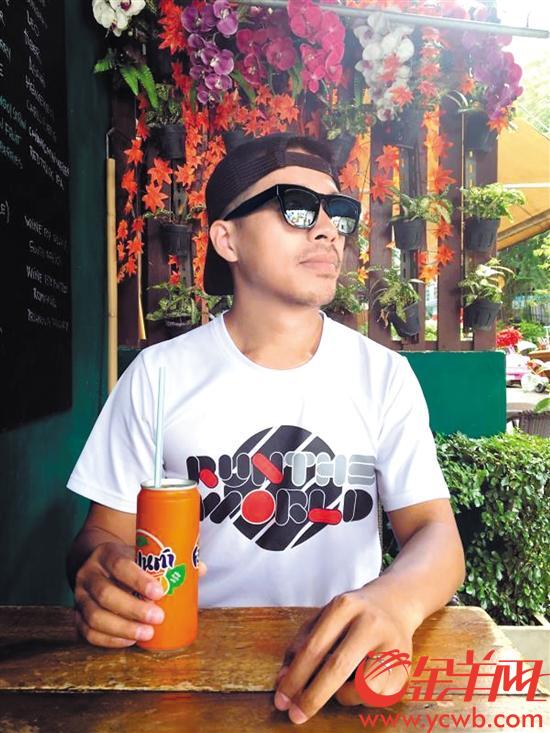
△ Xiaowu who travels to Hong Kong
background information
Ten thousand merchants in Hong Kong support Alipay.
At present, more than 10,000 merchants in China and Hongkong accept Alipay payment, covering pharmacies, convenience stores, electrical appliances stores, duty-free shops, restaurants, beauty salons, handwritten letters, jewelry, department stores and tourist attractions including two theme amusement parks. Now in Greater Bay Area, mainland users can go shopping, eat, play, take a taxi and take the subway as long as they bring their mobile phones.
Southeast Asia
Get a bunch of coins back? Alipay knows about it
Southeast Asia is one of the most popular tourist destinations for tourists. In the past "May Day" Golden Week, many China tourists chose to spend their holidays in Southeast Asia with clear water and sand.
Miss Chen has been to Thailand for the second time. She stayed in Thailand for two months last year and spent seven days in Thailand this year. Miss Chen said that in Thailand, large shopping malls and most convenience stores can support domestic mobile payment software, and she even found that taxis can be carried out through Alipay. "Convenience stores will have discounts after full consumption. boots, a drug store in Thailand, has a 15% discount directly, and you can get a tax refund after a certain amount." Miss Chen said.
Mr. Zhang also spent a week in Chiang Mai during the May Day holiday. He found that local convenience stores, supermarkets and massage shops can all use domestic QR codes to pay. This discovery is not unusual. It is reported that Alipay has covered the consumption scenes of major China tourists in Thailand, such as airports, department stores, duty-free shops and convenience stores. Last year, Alipay even made further in-depth coverage of Thailand’s long tail consumption scenes such as night markets and food stalls.
Nowadays, when traveling in Thailand, China tourists can enjoy eating, drinking, and having fun with their mobile phones. When you go out, you can use Alipay to hit UBER and Grab. Everyone’s favorite shopping places are King Power Duty Free Shop, Shangtai Department Store, Zen Department Store, SiamParagon Palace, NaRaYa, Boots, and Tao KaeNoi. You can also use Alipay. 7-11 in Thailand and Family- mart in most areas where tourists are concentrated can basically use Alipay.
What makes people laugh is that Miss Chen said, "I know why international students will miss Father Ma." Originally, when shopping in a convenience store in Thailand, because there are many kinds of coins in Thailand and their denominations are low, you can often get seven or eight coins back by buying something casually, but using mobile payment can save these troubles.
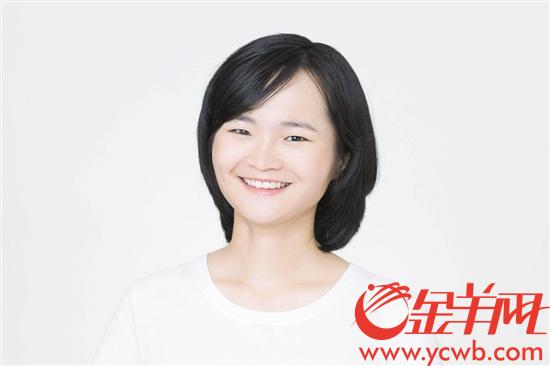
△ Miss Chen who went to Thailand to play.
In other parts of Southeast Asia, tourists from China also found the footprints of the mobile payment giants in China before them. When Miss Lan visited Kuala Lumpur recently, she found that local duty-free shops, shopping malls, airport shops and Chinese restaurants can all use Alipay. When using Alipay in big shopping malls, red envelopes ranging from 6 to 8 yuan will be cashed back.
This is because at present, nearly 6,400 merchants in Malaysia, including Dr Group, the largest duty-free shop in Malaysia, and Sunway Water Park, the largest amusement park in Kuala Lumpur, have been connected to support Alipay, and mobile payment has fully covered the four major consumer markets of "eating, drinking and buying". China tourists only need to bring their passports and mobile phones to swim in Malaysia.
In addition, KiKi, who went on holiday in Bali during the May Day holiday, not only found that the local Chinese restaurants and settlements could support domestic QR code payment, but also supported Alipay in the local coffee workshops and latex workshops, even equipped with Chinese salespeople, just wanting to make China tourists buy big and special.
Miss Ai, who was on a business trip for three or four days during the May Day holiday, saw the China mobile payment giant in the duty-free shop at the airport when she left Ho Chi Minh City. Miss Ai said that local people prefer to use cash, and bank cards are not widely used. Due to the serious theft in Southeast Asia in the past few years, tourists in some supermarkets and cafes in Ho Chi Minh City prefer to use cash. "I saw it at the airport, but I was still a little surprised. It turns out that Alipay also has a layout in Vietnam." Miss Ai said.
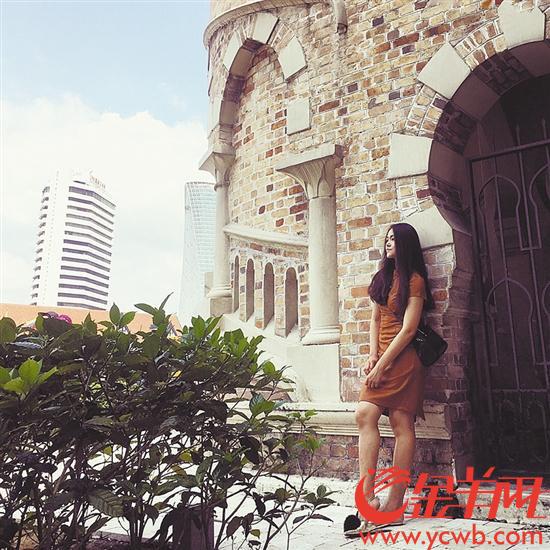
△ Miss Lan who is on vacation in Malaysia
background information
"One Belt, One Road" Pattern of Ali-style Mobile Payment
Not only in Thailand, but also in countries and regions along the "Belt and Road" such as the Philippines, Indonesia and Malaysia, Ant Financial has been empowered to develop seven local e-wallets, bringing Chinese-style inclusive finance experience to local small and micro users according to local conditions. The "One Belt, One Road" pattern of Chinese mobile payment has begun to take shape.
Zhiduo d
Three Waterways for Alipay to "Go to Sea"
Since 2007, Alipay has started its global business. At present, Alipay and its overseas strategic partners have been providing mobile payment and inclusive finance services to more than 800 million users worldwide. Ant Financial hopes to bring mobile payment and digital inclusive finance services to more users around the world with technology from the "Belt and Road".
In the process of Alipay going global, it mainly devotes itself to providing three kinds of services for global merchants and consumers, including online payment channels, outbound payment for China tourists and overseas digital inclusive finance services.
Online payment channel means that Alipay opens online payment channels around the world by joining hands with global payment and financial institutions. Global consumers can complete payment in a localized way, whether on Chinese and foreign e-commerce platforms or overseas third-party e-commerce websites under the Alibaba ecosystem. At present, the service has covered more than 200 countries and regions, including more than a quarter of the Belt and Road countries. In the future, this service will also become an important support for eWTP.
China tourists’ outbound payment mainly focuses on providing China outbound tourists with mobile payment services that can directly pay RMB, and connecting users with neighboring businesses, scenic spots and travel services across language barriers, so that China users can enjoy the same convenient consumption experience overseas as in China. At present, this service has covered more than 40 countries and regions overseas.
Overseas digital inclusive finance service is mainly a mobile payment wallet created by Alipay and strategic partners for overseas users, and it has been provided in 8 countries and regions. Based on the successful experience of mobile payment services, products and technologies explored in China, Alipay cooperates with local leading foreign enterprises in the form of strategic cooperation and technical empowerment to jointly provide mobile payment and inclusive finance services for local consumers and merchants.
At present, Alipay has helped overseas partners to build eight e-wallets, including Paytm in India, GCash in the Philippines, TrueMoney in Thailand, Kakao Pay in Korea, DANA in Indonesia and Touch‘n Go Digital in Malaysia, so that local people can use mobile payment more conveniently and feel the convenience of life brought by the local version of Alipay. It is worth mentioning that these local wallets are mainly located in countries and regions along the "Belt and Road".
one 2

